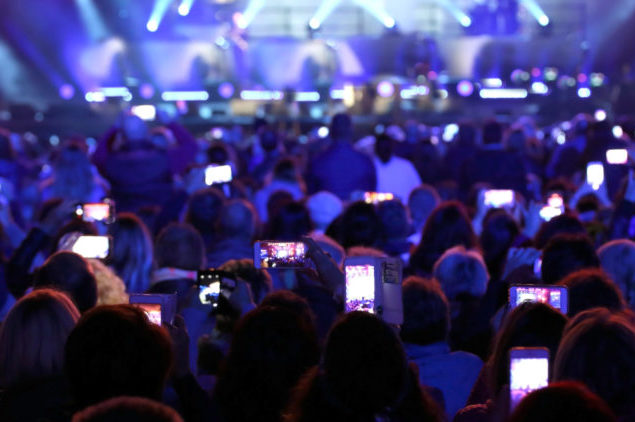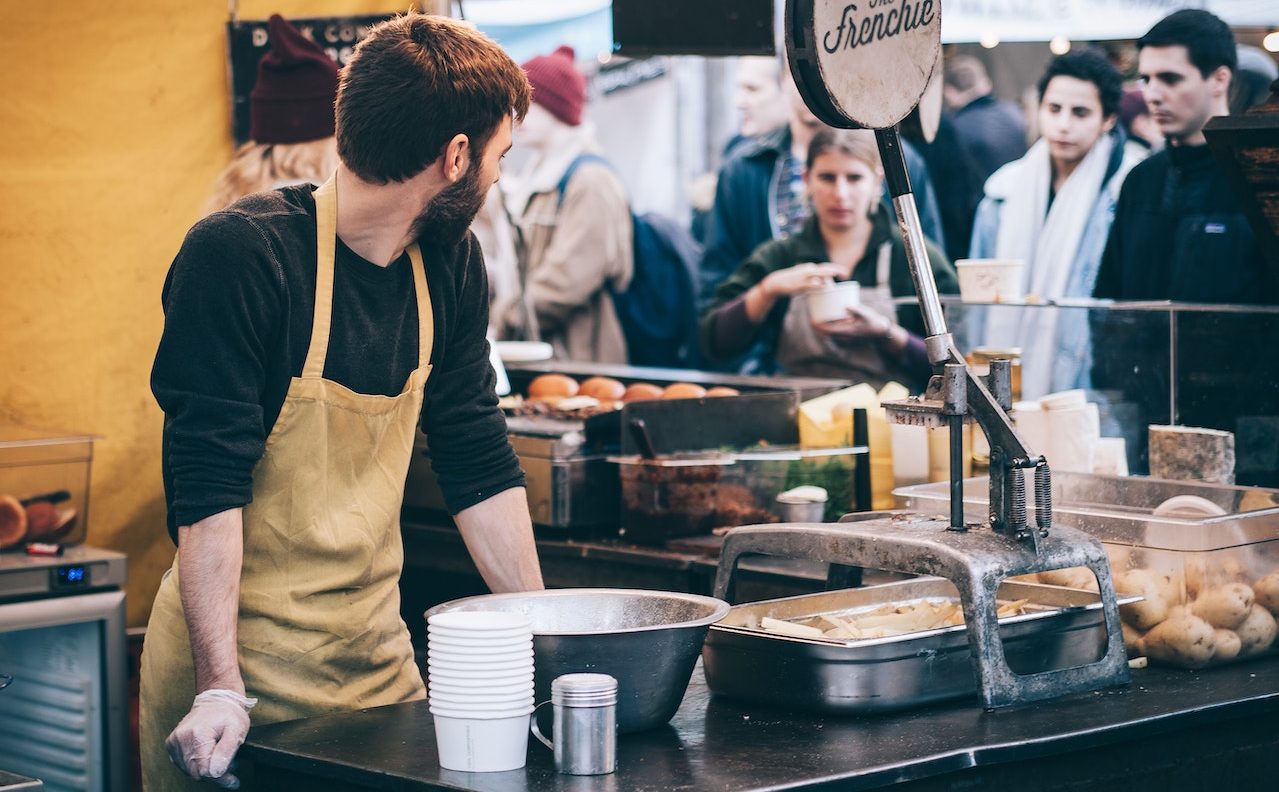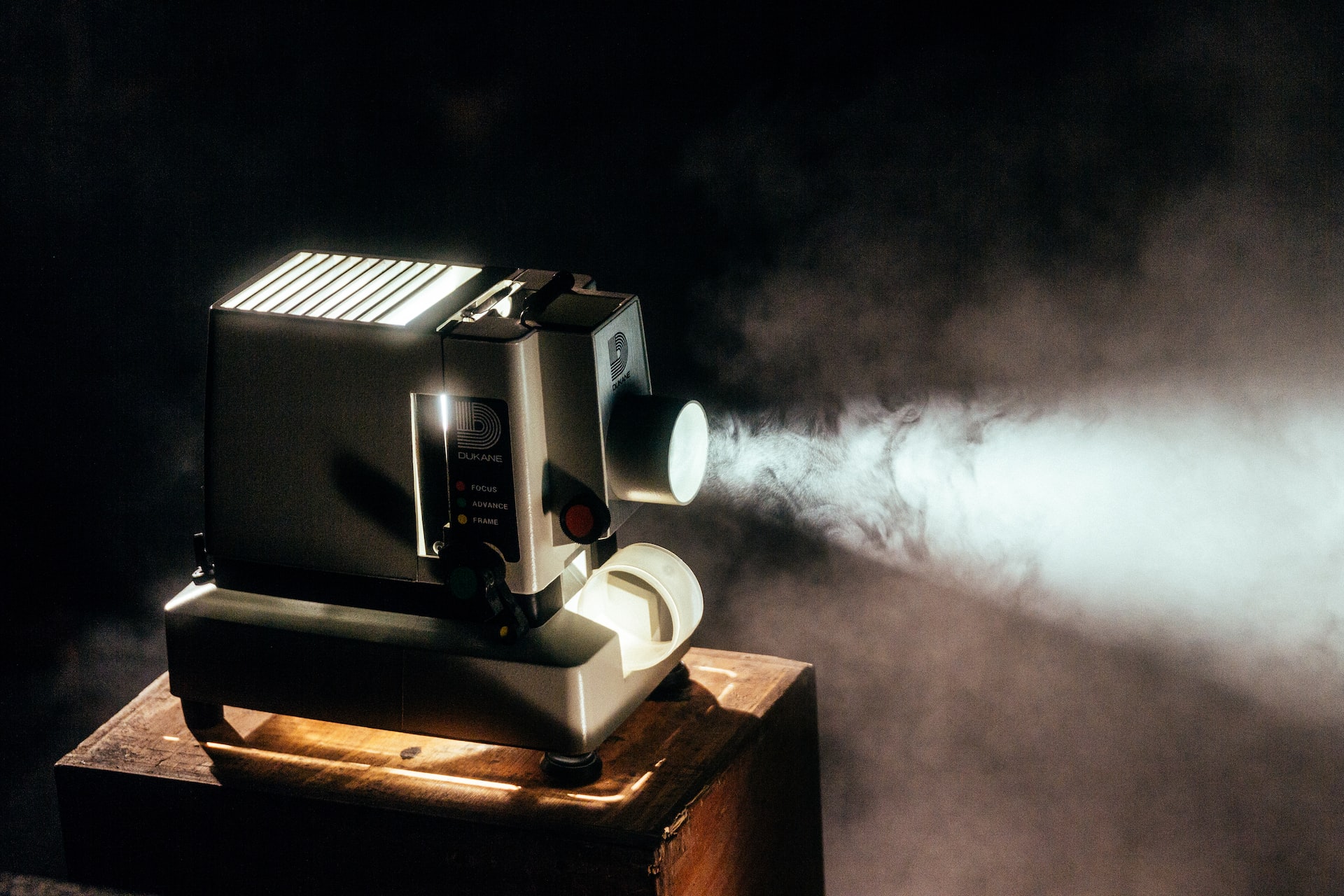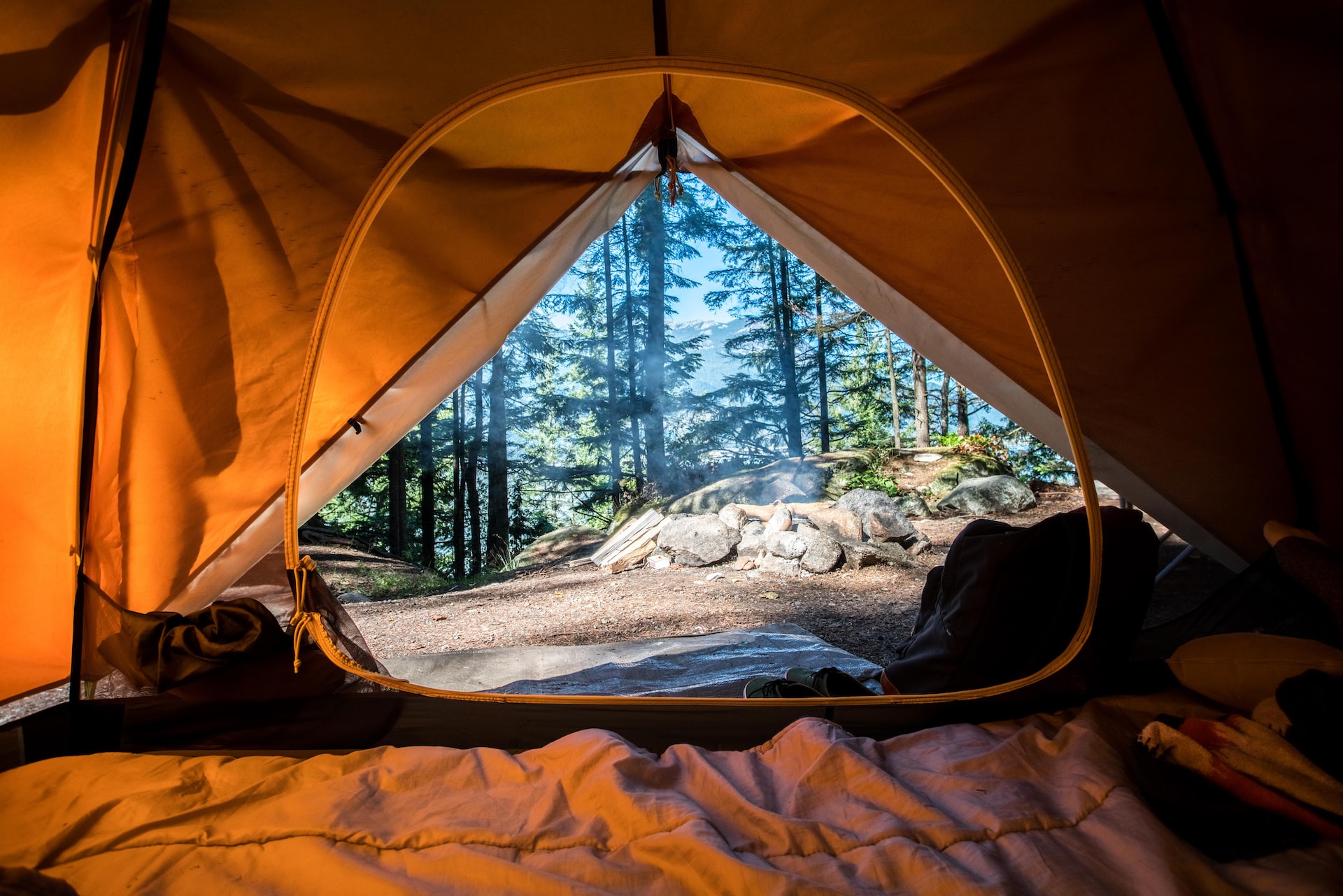Virtual Experiences are here to stay
With social distancing still very much part of our daily lives, technology has had to evolve at light speed to keep up. As such, virtual experiences have been catapulted to the fore. Bringing consumers closer to a brand through exclusive content, virtual classes and mass “get-togethers” are just a few of the great ways we’ve seen brands connect through technology.
Microsoft helped bring fans back to the courts (virtually through Teams) for the National Basketball Association, through video boards surrounding the court.
Ardbeg, Scottish Whiskey, has taken to the screens to host a cocktail and BBQ food pairing experience, teamed with a DJ, for viewers in an effort to bring new, younger drinkers to the whiskey category.
BrewDog opened their own Online Bar to bring communities of people together, just as they would in their normal establishment. The events included beer tasting, homebrewing masterclasses, pub quizzes, live music and comedy shows. Throughout the sessions, there was Q&A opportunities, giveaways and exclusive merchandise available from the BrewDog online shop – cleverly encouraging purchase there and then.
With the rise of innovation and tech utilisation in experiential, we expect to see more brands use these tools to engage with consumers. What will be interesting to see is how these are adapted when live events are permitted again (i.e. sampling in-store, festival activation, sports sponsorship opportunities, etc).
A word of caution though as there’s likely a significant financial cost, to begin with, that could affect ROI. But this will lessen over time as we anticipate solutions popping up throughout the industry.




